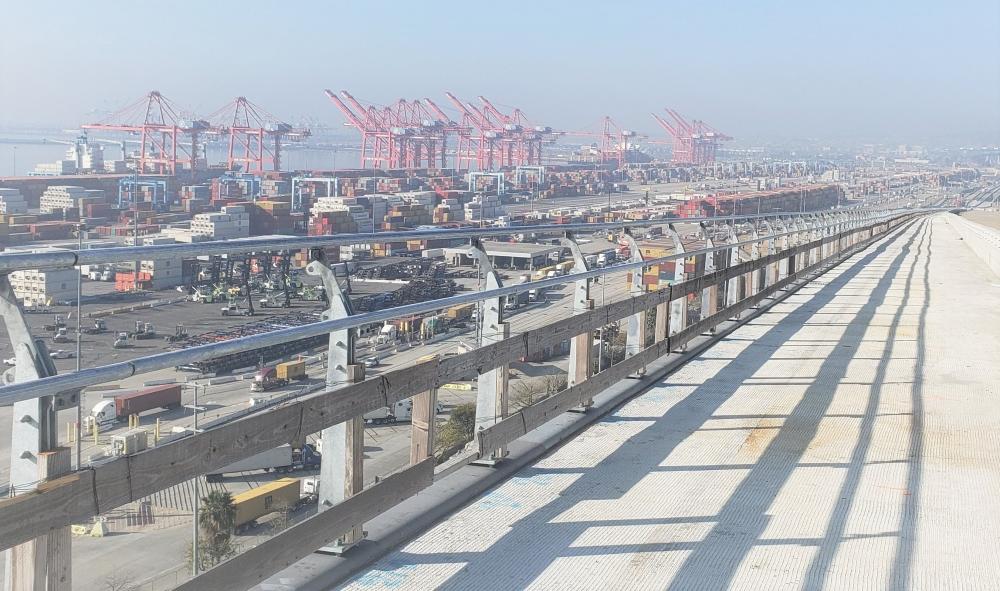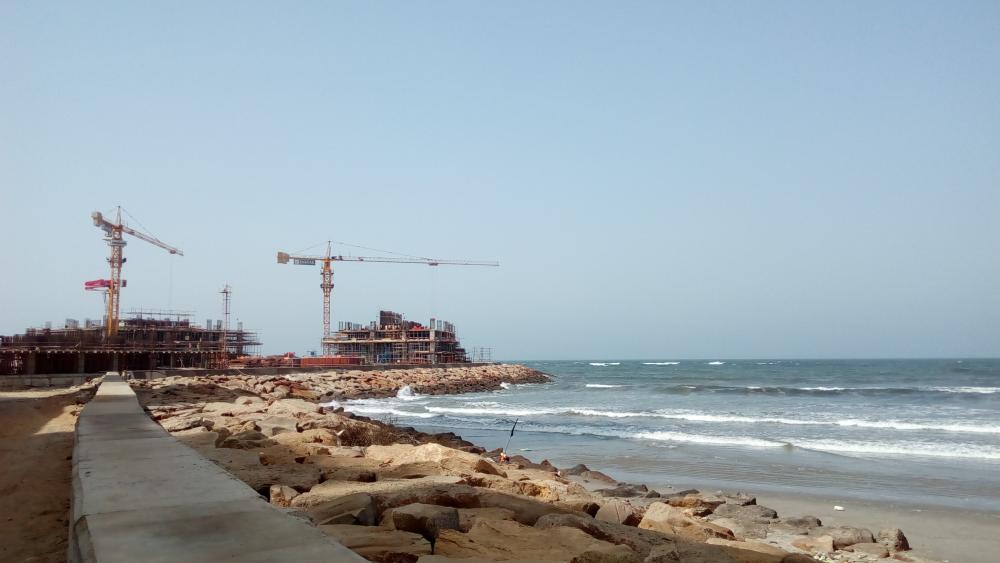HDG in Coastal Climates
What influences HDG corrosion rates in coastal environments?
Hot-dip galvanized (HDG) steel is commonly specified for corrosion protection in various environments, including coastal areas. However, due to the complex and variable nature of atmospheric conditions near shorelines, galvanized steel performance in these regions requires special consideration.
AGA’s Time to First Maintenance (TFM) chart provides a quick visual representation of atmospheric corrosion rates for HDG in North America using five environmental classifications (rural, suburban, temperate marine, tropical marine, and industrial). However, these categories are not sufficient for evaluating structures within one mile of the shore because the microenvironment can significantly influence corrosion rates. Factors such as local temperature, prevailing wind patterns, and sheltering conditions, make it much more difficult to predict HDG corrosion rates in coastal environments.
In some instances, HDG structures within one mile (but more than 250 feet) of the coast have exhibited rusting within 5-7 years on surfaces directly subjected to the ocean with regular exposure to salty or chloride-rich winds. But on the same structures, areas sheltered from the constant ocean winds exhibited a sufficient HDG coating for 15-25 years of additional corrosion protection. For this reason, yearly average wind direction should be considered when specifying structures within one mile of the coastline. Structures within 250 ft of the coast should be further evaluated for exposure to marine splash or heavy salt spray which are considered aggressive to hot-dip galvanized steel. Another contributing factor to consider is temperature. Typically, the warmer the climate the more corrosive the coastal environment will be to the galvanized steel.
Note: Temperature, rainfall, and relative humidity are readily available from NOAA (see NOAA Comparative Climatic Data Charts and Data Mapping Tool). The Weather Channel and the National Weather Service may have the same data for many small or rural cities in the United States.

In coastal regions where increased or aggressive corrosion is probable, you can consider utilizing a duplex system (paint or powder coating over galvanizing) to extend the service life. A duplex system can provide maintenance-free corrosion protection for 1.5> times the sum of the paint life and galvanizing life. In these environments, some owners benefit from rinsing their HDG steel with potable water. This can be important for sheltered structures that do not benefit from rain rinsing.
Because performance in coastal environments varies significantly, specifiers should evaluate each project’s microenvironment, especially wind exposure and proximity to the sea. Early engagement between galvanizer, customer, contractor, and, if relevant, duplex applicator can help achieve the service life desired.

While coastal areas are generally corrosive to most construction materials, HDG still provides effective and long-term corrosion protection for many projects. If a structure is designed to assist drainage, is well ventilated, and sheltered from marine splash, spray, or salty prevailing winds, HDG has been known to perform suitably. As HDG is a metallic coating, efforts to prevent bimetallic corrosion in coastal environments are also important for maximum longevity.
For additional corrosion data in coastal environments, see the Galvanizers Association of Australia’s findings on Performance of Hot-Dip Galvanizing in Coastal Environments: A Review. For information on atmospheric corrosion rates for zinc in a C5 Marine or CX Offshore environment, see AGA article HDG Corrosion Rates for ISO Categories C1-C5/X. AGA also provides guidance on the performance of HDG in other water environments: The Performance of Hot-Dip Galvanized Steel in Water Environments.
© 2025 American Galvanizers Association. The material provided herein has been developed to provide accurate and authoritative information about after-fabrication hot-dip galvanized steel. This material provides general information only and is not intended as a substitute for competent professional examination and verification as to suitability and applicability. The information provided herein is not intended as a representation or warranty on the part of the AGA. Anyone making use of this information assumes all liability arising from such use.

